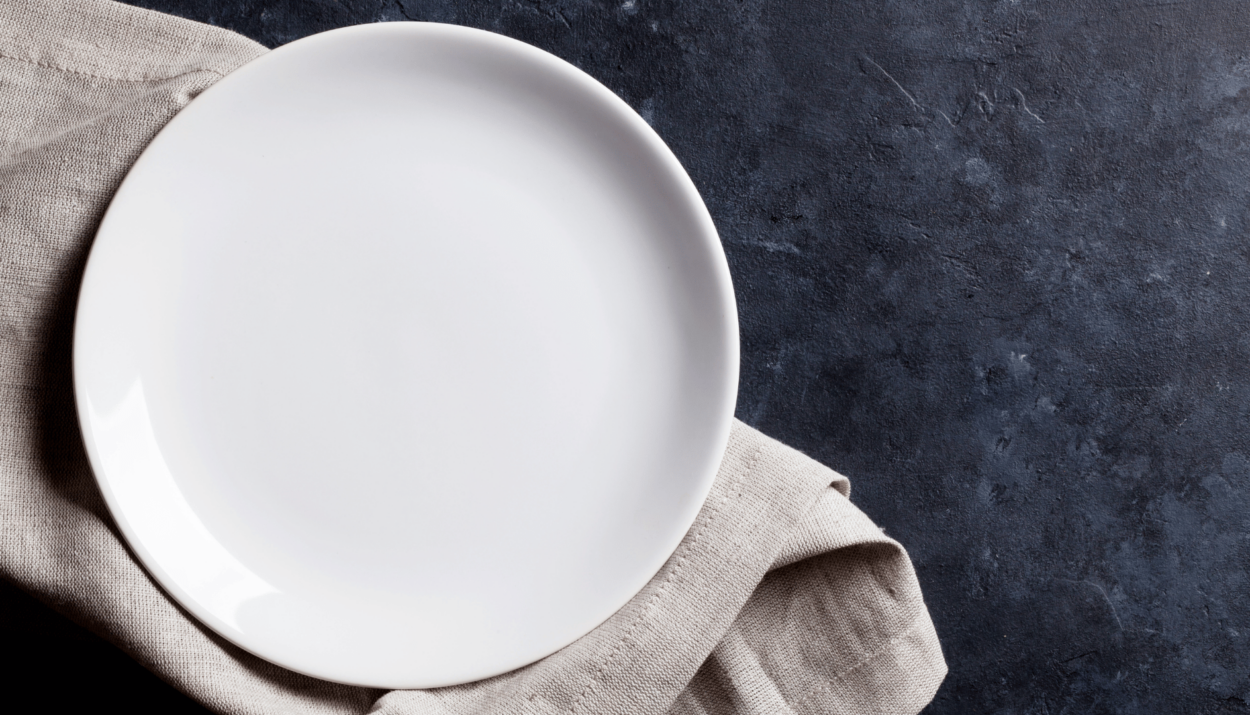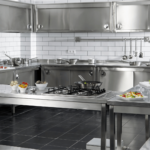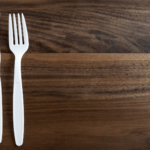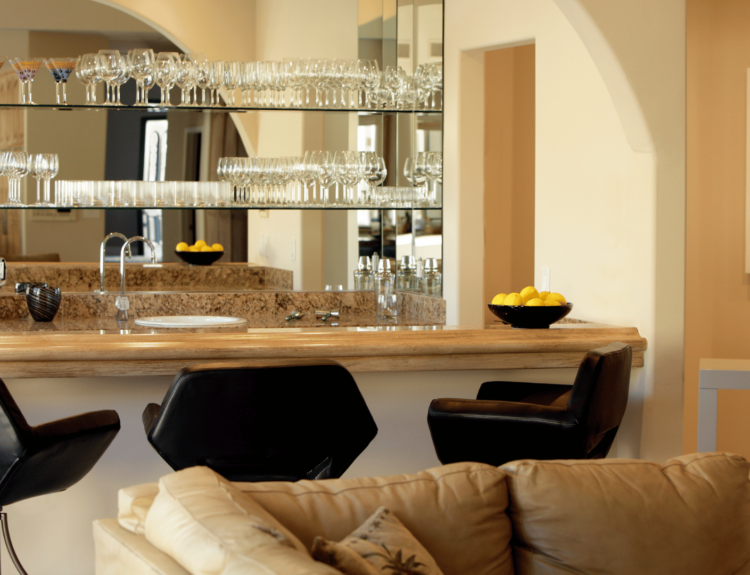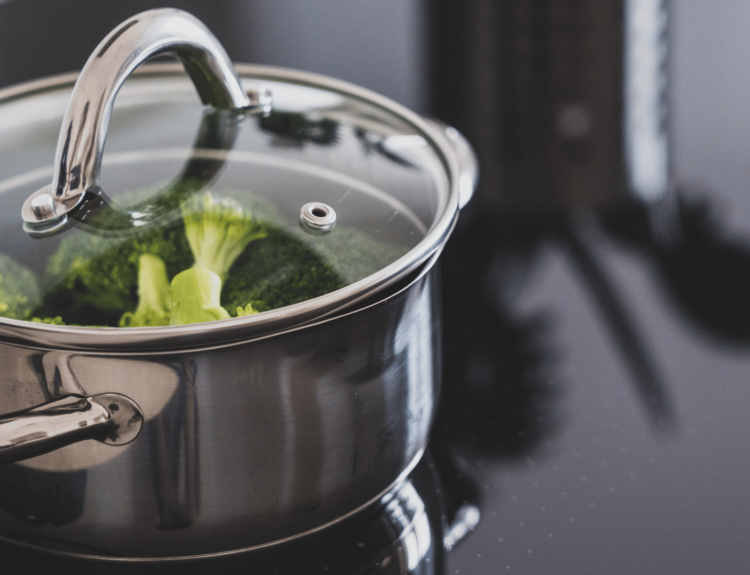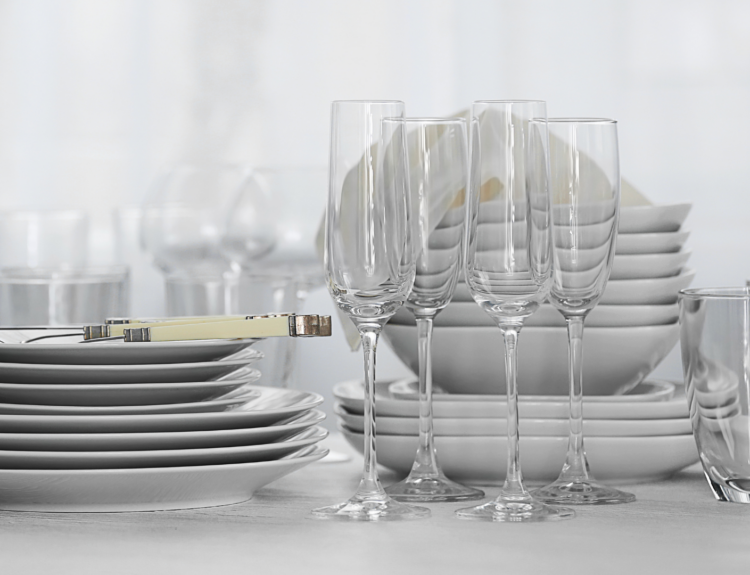Plates are kitchen essentials that we use every day, but have you ever wondered if they can go in the oven? Whether you’re warming plates for serving or heating leftovers directly on the plate, it’s important to know which types of plates are safe for oven use. In this blog, we will explore the most common plate construction materials and discuss their oven-safe properties. We will also provide temperature guidelines, safety measures, and alternatives to using traditional plates in the oven. Let’s dive in and discover what plates can go in the oven!
Understanding Common Plate Construction Materials
Plates are made from various materials, each with its unique characteristics and oven-safe properties. Understanding the construction materials can help you determine if a plate can withstand the heat of the oven. The three most common plate materials are ceramic, porcelain, and stoneware. Let’s explore each of these materials in more detail to understand their suitability for oven use.
Exploring Ceramic Plates
Ceramic plates are made from clay that is fired in a kiln at high temperatures, resulting in a durable and long-lasting material. The firing process also gives ceramic plates their characteristic glaze, which not only enhances the plate’s appearance but also makes it easier to clean. One of the advantages of ceramic plates is that they can generally go in the oven, as they can withstand high temperatures without cracking or breaking. However, it’s important to note that sudden temperature changes can cause ceramic plates to crack, so it’s best to avoid placing them in direct contact with extreme heat.
Ceramic plates come in a variety of designs and colors, making them a popular choice for many kitchens. They are also microwave and dishwasher safe, providing convenience in cooking and cleaning. When using ceramic plates in the oven, it’s important to follow the temperature guidelines provided by the manufacturer and avoid sudden changes in temperature to ensure the durability of the plates.
Diving into Porcelain Plates
Porcelain plates are made from a specific type of ceramic known for its high heat resistance. The primary ingredients of porcelain include kaolin, feldspar, and quartz, which are mixed together to form a clay-like substance that is then molded into plates. After the molding process, the plates undergo a high-temperature firing in a kiln, which results in their durability and heat resistance.
Porcelain plates are generally oven-safe, as they can withstand high heat without cracking or breaking. However, it’s important to note that sudden temperature changes can cause thermal shock, which can lead to chipping or breakage of the plates. To avoid this, it’s advisable to place porcelain plates in a cold oven and then heat it gradually to the desired temperature. It’s also important to avoid placing porcelain plates in direct contact with very hot glass cookware, as the extreme heat can cause the plates to crack.
Looking at Stoneware Plates
Stoneware plates are known for their durability and heat retention properties, making them a popular choice for oven use. Stoneware is made from clay, similar to ceramic, but is fired at a higher temperature, resulting in a denser material. This high firing temperature gives stoneware its durable and chip-resistant qualities, making it suitable for oven use.
Like ceramic and porcelain plates, stoneware plates can generally go in the oven. However, it’s important to ensure that the stoneware plates are at room temperature before placing them in the oven to avoid thermal shock. To prevent chipping or breakage, it’s advisable to place stoneware plates in a cold oven and gradually heat them to the desired temperature. Stoneware plates are also microwave and dishwasher safe, providing versatility in their usage.
Identifying Oven-Safe Plates
With the variety of plates available in the market, it’s essential to identify which plates are safe for oven use. There are two primary ways to determine if a plate is oven-safe: checking labels for oven safety information and recognizing oven-safe symbols. Let’s explore these methods in more detail to ensure you can confidently use plates in the oven without the risk of damage or breakage.
Checking Labels for Oven Safety
Checking the label on the plate is the first step in determining its suitability for oven use. The plate’s packaging or the bottom of the plate often contains information about its oven safety. Look for words like “oven-safe,” “heat-resistant,” or specific temperature guidelines on the label. If the plate is dishwasher safe, it’s generally safe for oven use as well.
In addition, the label may provide care instructions, including whether the plate can be used in the oven. If the label is unclear or doesn’t provide sufficient information, contact the manufacturer or refer to their website for more detailed instructions. Always follow the manufacturer’s recommendations to ensure the plate remains durable and safe for oven use.
Recognizing Oven-Safe Symbols
Some plates have universal oven-safe symbols that indicate their heat resistance. These symbols are often found on the bottom of the plate and can help you quickly assess if it can be used in the oven. The most common oven-safe symbol is a dish with wavy lines, which represents heat resistance.
It’s important to note that different manufacturers may use their own oven-safe symbols, so familiarize yourself with the ones related to the plate’s material. Additionally, make sure to understand the limitations of the oven-safe symbols, such as whether the plate can be used in the broiler, microwave, or freezer. Researching the specific oven-safe symbols related to the plate’s material can provide you with the necessary information to use the plate safely in the oven.
Temperature Guidelines for Various Materials
Different plate materials have different temperature guidelines for oven use. Understanding these temperature guidelines can help you maintain the durability of the plates and prevent breakage. Let’s explore the temperature guidelines for ceramic, porcelain, and stoneware plates to ensure safe oven usage.
Handling Ceramic in the Oven
Ceramic plates can generally withstand high heat in the oven, but it’s important to avoid sudden temperature changes. To ensure the durability of ceramic plates, it’s advisable to preheat the oven before placing the plates inside. This helps prevent thermal shock, which can cause the plates to crack.
When baking with ceramic plates, they distribute heat evenly, ensuring thorough cooking of the dish. However, it’s important to note that extreme heat, such as direct contact with a very hot oven or placing the plates under the broiler, can cause the ceramic plates to crack. Following the temperature guidelines provided by the manufacturer and avoiding sudden changes in temperature can help you safely use ceramic plates in the oven.
Porcelain and Heat
Porcelain plates, with their durability and smooth glaze, are ideal for roasting and baking in the oven. They can withstand high temperatures and handle temperature changes, enhancing their usability for various culinary purposes. This makes them a versatile piece of bakeware.
Stoneware in High Temperatures
When it comes to high oven temperatures, stoneware plates truly shine. They can withstand extreme heat, making them perfect for roasting, baking, and reheating dishes. Their ability to retain heat also keeps food warm, which is ideal for serving hot meals. Plus, using stoneware plates in the oven can help preserve the original flavors and textures of leftovers.
Why Someone Would Put a Plate in the Oven
Placing dinner plates in the oven is safe for warming food and keeping it warm. Some materials, such as ceramic and glassware, are oven-safe and suitable for this purpose. It’s a common practice when reheating leftovers or keeping the meal hot while finishing other dishes.
Warming Plates for Serving
Warming plates in the oven can elevate the dining experience, mimicking a restaurant ambiance at home. It helps to maintain the food’s temperature and keeps it warmer for longer. This simple technique impresses guests and ensures an enjoyable meal, especially when hosting dinner parties.
Heating Leftovers Directly on the Plate
By reheating food directly on a plate in the oven, you can save time and effort in the kitchen. This method helps maintain the original flavors and textures of the dish while streamlining the reheating process. It’s an efficient way to enjoy a quick, hot meal without the need for extra cookware, minimizing dishwashing load.
Safety Measures When Using Plates in the Oven
When using plates in the oven, it’s essential to consider the material. For instance, stainless steel, cast iron, and ceramic dinnerware are oven-safe. Always avoid sudden temperature changes; for example, placing a cold glass bowl in a hot oven. Furthermore, never use paper or plastic plates in the oven as they can melt.
Preheating the Oven with the Plate Inside
Preheating the oven with a plate inside helps prevent sudden temperature changes, protecting the plate from thermal shock. It’s crucial to check the plate’s durability for oven use and choose heat-resistant materials like ceramic or borosilicate glass. Using durable dinnerware reduces the risk of breakage, ensuring a smooth preheating process.
Allowing the Plate to Cool Down
When the plate has been in the oven, allowing it to cool down gradually is essential to prevent thermal shock. Understanding its usability after heating and the materials it’s made of is crucial for durability. Ensuring the plate can handle room temperature and taking necessary precautions to avoid chipping is important.
Avoiding Thermal Shock
When using plates in the oven, it’s essential to be aware of the types that can withstand sudden temperature changes. Understanding the durability of glass, porcelain, or ceramic plates is crucial to avoid thermal shock. Extreme temperature changes should be handled cautiously, and using durable materials helps prevent thermal shock.
Alternatives to Using Traditional Plates in the Oven
When using the oven, avoid using plastic plates or glassware that is not oven-safe. Look for ceramic dinnerware, stainless steel, cast iron, or a glass bowl. Always check the bottom of the dish for its compatibility with high temperatures.
Utilizing Oven-Safe Dishes
By utilizing oven-safe dishes, you can prevent the risk of plates cracking in the oven. Understanding the usability of glass, ceramic, or porcelain cookware, as well as exploring the durability of oven-safe dishes as an alternative to traditional plates, is crucial. Additionally, being aware of the types of bakeware that can handle high oven temperatures is essential.
Using Cast-Iron or Metal Plates
When using cast-iron or metal plates in the oven, consider their durability to prevent breakage. Understand their usability for high-heat oven use. Explore the temperature changes they can withstand and be aware of alternative plate materials for safe oven usage. Utilizing cast-iron or metal plates provides a durable alternative.
Is it Necessary to Use Oven-Safe Plates Always?
Understanding the importance of using oven-safe plates can prevent breakage and ensure safety. It is essential to explore the types of plates that can withstand the heat of the oven and consider the durability of their material. Knowing which materials are safe for oven use is crucial.
Frequently Asked Questions
What materials should I avoid when selecting plates for oven use?
When selecting plates for oven use, it is important to avoid materials that are not oven-safe, such as plastic and melamine. Additionally, plates with metallic decorations or trimmings should be avoided to prevent sparking. Safe materials for oven use include porcelain, ceramic, and glass. Always refer to the manufacturer’s instructions before using a plate in the oven.
Are there any special considerations I should keep in mind when using plates in the oven?
When using plates in the oven, it’s important to consider certain factors. Ensure that only oven-safe plates are used and avoid plastic or non-stick coated plates. Ceramic and glass plates are generally safe for oven use. Also, be careful with temperature changes and use oven mitts when handling hot plates.
Can plates be used in other kitchen appliances, such as microwaves or dishwashers?
Not all plates are suitable for use in other kitchen appliances like microwaves or dishwashers. Plates made of glass, ceramic, or porcelain are usually safe to use in the oven, microwave, and dishwasher. However, plastic or melamine plates should not be used in the oven or microwave. Always refer to the manufacturer’s instructions for proper use and care of your plates.
Conclusion
It’s super important to understand the materials and labels of plates in order to determine whether they can be safely used in the oven. Ceramic, porcelain, and stoneware plates are commonly oven-safe, but it is crucial to check for specific indications of oven safety on the label or symbol. Different materials have varying temperature guidelines, so it is important to handle each type accordingly. While plates in the oven can serve purposes such as warming plates for serving or heating leftovers directly, it is essential to follow safety measures, including preheating the oven with the plate inside and allowing the plate to cool down slowly to avoid thermal shock. If you prefer alternatives, consider using oven-safe dishes or cast-iron/metal plates. Avoid using plates made of materials that are not oven-safe. Lastly, it is not necessary to always use oven-safe plates, but it is recommended for optimal safety.

